Introduction to Bromeliads
Bromeliads are among the most fascinating plants available to both new and seasoned plant enthusiasts. Their exotic beauty, with vivid colors and striking shapes, brings a touch of the tropics to any setting. Whether you're looking to brighten an indoor space or create a lush outdoor retreat, bromeliads offer versatility and flair. With more than 3,000 species, these plants have found their way from the wild regions of Central and South America into homes around the world. This comprehensive guide to bromeliad care aims to arm you with the knowledge to keep these striking plants thriving in diverse environments, covering everything from their history to specific care requirements.
Understanding Bromeliads

To appreciate these plants fully, it's important to delve into their rich history and diverse varieties. This section will provide a foundation from which to explore their unique attributes and care needs.
Brief History and Origin of Bromeliads
Bromeliads are native to tropical and subtropical regions of the Americas, with their lineage dating back millions of years. Found in rainforests and other humid environments, bromeliads have adapted to various niches, from ground cover to canopy dwellers. The pineapple is perhaps the most widely known member of the bromeliad family, having historical significance and global recognition. These plants' exotic allure and adaptability have contributed to their spread in cultivation beyond their native habitats. Today, bromeliads are favored in ornamental gardening worldwide, celebrated for their minimal care requirements and vibrant appearance.
Varieties of Bromeliads
There is a stunning array of bromeliad varieties, each with unique features suited to different growing environments.
Aechmea
A popular genus within the bromeliad family, Aechmea, includes species like Aechmea fasciata, known for its striking vase shape and bright pink bracts. They thrive in indirect light and are often used as indoor decorations due to their long-lasting inflorescences.
Guzmania
Guzmania bromeliads are renowned for their bright, colorful flowers that can last for several months. These make excellent gifts and are often used in interior landscaping thanks to their tolerance for lower light conditions.
Neoregelia
Known for their rosette of leaves forming a central "tank" to hold water, Neoregelia species are popular for their vibrant foliage. The leaves, often more spectacular than the flowers, range in a variety of colors and patterns, adding an ornamental touch to any space.

Bromeliad Care Basics
Caring for bromeliads can be rewarding for plant lovers at any skill level. They are relatively low-maintenance but have specific needs to ensure they remain healthy and vibrant.
Light Requirements
Bromeliads typically prefer bright, indirect sunlight. Direct sunlight can burn their leaves, while too little light can stunt their growth. It's crucial to find a spot that mimics their natural canopy-filtered light conditions. A sun-dappled patio or an east-west facing indoor window is ideal.
Watering Practices
Bromeliads store water in their central tank or cup, and this is where you'll primarily water them. It's essential to keep this reservoir filled, but avoid letting stagnant water sit too long to prevent rot or mosquito breeding. When watering, also moisten the soil lightly, but ensure it has excellent drainage to prevent waterlogging the roots.
Air Circulation and Humidity
As tropical plants, bromeliads appreciate high humidity. If you're growing them indoors, consider placing a humidifier nearby or misting them regularly. Adequate air circulation is also vital to their health, helping to prevent mildew. Ensure they're not in a stagnant area with poor air exchange.
Soil and Fertilization
Bromeliads prefer well-draining soil, typically a mix formulated for orchids or succulents works well. Regarding fertilization, a balanced, water-soluble fertilizer applied lightly during the growing months will suffice. Avoid over-fertilizing, as these plants are naturally adapted to nutrient-poor environments.

Temperature Tolerance
Most bromeliads thrive in temperatures ranging from 60°F to 85°F. They are not frost-tolerant, and exposure to temperatures below 40°F can cause damage. It's important to shelter them during cold weather and ensure they are not exposed to sudden drafts.
Common Bromeliad Problems and Solutions
Like all plants, bromeliads are susceptible to certain problems. However, recognizing the signs early can lead to effective treatment and recovery.
Pests
Common pests include aphids and scale, which can be managed by wiping the plants with a mild soap solution or using insecticidal sprays specific for bromeliads. Keeping your plant clean and promoting good air circulation often prevents infestations.
Diseases
Bromeliads can suffer from rot diseases if overwatered. Symptoms include mushy leaves and a foul odor. Ensure pots have appropriate drainage and that they are not waterlogged. Remove any affected part of the plant immediately and allow it to dry out before resuming watering.

Leaf Issues
Brown leaf tips are often a sign of low humidity or underwatering, while yellowing leaves generally indicate overwatering. Adjust watering habits accordingly. A flush of fresh, bright growth often follows once the water regime is balanced.
Enhancing Your Space with Bromeliads
Plantology offers a diverse range of plants that can complement your bromeliads beautifully, creating a vibrant and cohesive look in your home or garden. Whether you're considering a subtropical aesthetic with our popular Adonidia Palm Double or seeking a contrast in form with the Agapanthus Lily of the Nile Blue, bromeliads pair stunningly with a wide range of botanicals.
Indoor Decor
Bromeliads make for excellent houseplants with their colorful displays. Positioned on mantelpieces, shelves, or as centerpiece plants, they effortlessly elevate the aesthetic of any room. Pair them with other tropic-loving plants like our Aglaonema Silver Bay for a diverse, vivid collection.
Outdoor Landscapes
In warm climates, bromeliads can offer year-round color to gardens. They're excellent companion plants in mixed borders or as the star in accent plantings. Pairing them with taller plants such as our range of Alexander Palms can create layers and depth in your garden design.

Conclusion
Caring for bromeliads can be an enriching endeavor for anyone who appreciates the allure of tropical flora. Their wide variety of colors, forms, and adaptability to indoor and outdoor settings make them a versatile choice for both new plant enthusiasts and experienced gardeners. With the right approach to light, humidity, and watering, your bromeliads will thrive, bringing vibrancy to your space. Explore our selection of complementary plants at Plantology to deepen your connection with nature and enhance your living environment.
Expanding Your Bromeliad Collection
As you become familiar with the delightful world of bromeliads and witness their captivating beauty, you might find yourself wanting to expand your collection. There are several ways to integrate more bromeliads into your home or garden, including propagation, acquiring rare species, and exploring creative display options.
Propagation Techniques
One of the most rewarding experiences as a plant enthusiast is propagating your own bromeliads. These plants produce offshoots, commonly known as "pups," which can be separated from the mother plant to grow independently. Pups typically appear once the main plant begins to age. Here's a step-by-step guide to propagating your bromeliads successfully:
- Wait for the Right Time: Allow pups to grow until they are one-third to half the size of the parent plant, ensuring they are mature enough to survive on their own.
- Separation: Gently remove the parent plant from its pot. Using a clean, sharp knife, carefully cut away the pups, making sure each has a portion of the root system attached.
- Replanting: Plant each pup in a well-draining potting mix suitable for bromeliads. Ensure that they are potted at the same level as they were on the parent plant.
- Initial Care: As with mature bromeliads, ensure the pups are provided with the right light, temperature, and humidity levels to encourage successful establishment and growth.
Exploring Rare and Unusual Bromeliads
For those interested in expanding their collections beyond the more common species, there is a plethora of unique and rare bromeliads that offer intriguing features. These could include:
Dyckia
Originating from arid regions, Dyckia species are unique in their tolerance to drier conditions compared to other bromeliads. These spiky, succulent-like plants can add an unconventional touch to xeriscaped gardens or rockeries.
Quesnelia
Quesnelia species are particularly prized for their tubular flowers that exhibit vibrant shades of red, pink, or blue. These bromeliads thrive in warmer climates and can be a centerpiece in any bromeliad collection.
Cryptanthus
Often referred to as "Earth Stars," Cryptanthus species are beloved for their dazzling, star-shaped foliar displays. Their vibrant leaf coloration and compact size make them an excellent choice for terrariums or container gardens.
Creative Display Ideas for Bromeliads
Beyond adding greenery to your home, bromeliads lend themselves to creative and stylish displays. Consider these innovative ideas to showcase your bromeliad collection:

- Vertical Gardens: Create a living wall using mounting boards or wall planters. Bromeliads can be attached using sphagnum moss and fishing line, transforming an ordinary wall into a lush, vertical garden.
- Terrariums: Smaller bromeliad species can be stunning additions to glass terrariums, where their unique foliage can be admired up-close. Include other humidity-loving plants such as ferns and mosses for a mini-ecosystem effect.
- Feature Stands: Use single plant stands or stylish pots to feature bromeliads as individual decorative pieces, allowing their striking colors and forms to shine as artful accents in any room.
- Hanging Displays: Certain bromeliads can be suspended in hanging planters, bringing color and interest to underutilized overhead space. Position them in spots where natural light is available.
Understanding the Bromeliaceae Family
Bromeliads belong to the Bromeliaceae family, a diverse and intriguing group of flowering plants. Understanding the distinctive traits and ecological adaptations of this family can enhance your appreciation and care practices for bromeliads.
Ecological Significance
Bromeliads play vital roles in their native ecosystems. As epiphytes, many bromeliads rely on trees for support while not harming their hosts. Their central cups collect water, providing habitats for a variety of organisms, from small amphibians to insects, significantly contributing to biodiversity.
Adaptations
Different species have evolved various adaptations to their specific environments. These include:
- Tank Bromeliads: Possess a central reservoir that collects and holds rainwater. This adaptation allows them to survive dry spells in humid environments.
- Terrestrial Bromeliads: These ground-dwelling bromeliads often have spiky leaves to deter herbivores and a robust root system for anchoring in their terrestrial habitats.
- Light Adaptations: While some bromeliads have adapted to low-light conditions under thick forest canopies, others thrive in open sunny exposures and have developed thicker leaves to resist water loss.
Evolving Relationships with Humans

Bromeliads have long fascinated humans, with indigenous peoples utilizing them for food, fiber, and as part of traditional medicine. Today, apart from horticultural interests, bromeliads also influence ecological tourism and conservation efforts, especially in rainforests where they play critical roles in the ecosystem.
Choosing the Right Bromeliads for Your Space
Selecting bromeliads to suit your specific conditions and design goals is crucial for successful integration into your environment. Here are a few guiding factors to consider:
Assessing Your Environment
Consider the light availability, humidity levels, and temperature of the intended space. For low-light interior spaces, opt for species like Guzmania and Neoregelia. Conversely, outdoor gardens with full sun exposure might benefit from sun-tolerant varieties such as certain Aechmea species.
Design and Aesthetic Goals
Think about the visual style you wish to create. Are you aiming for a tropical paradise, a modern minimalist look, or a traditional garden theme? Matching the colors and textures of bromeliads with other elements in your space helps in crafting a cohesive design. Pairing vibrant, colorful bromeliads with a selection of elegant, green foliage plants can offer a lush, dramatic contrast.
Long-term Maintenance and Care
Understanding your capacity for ongoing plant care is crucial. While bromeliads are generally low-maintenance, some species might require specific conditions and additional attention during their flowering cycle. Choose bromeliads that align with your ability to meet their care needs consistently.

Environmental Impact and Conservation
As stewards of these beautiful plants, it's essential to consider the environmental impacts and conservation efforts related to bromeliad cultivation and trade.
Conserving Bromeliad Habitats
Many bromeliads face habitat loss due to deforestation and land conversion. Supporting organizations that focus on conserving tropical ecosystems can help preserve these vital habitats and the biodiversity they support.
Sustainable Sourcing
When purchasing bromeliads, seek out suppliers committed to sustainable and ethical sourcing. Opt for nurseries that cultivate bromeliads without harming wild populations, ensuring that your additions to your home garden do not negatively impact natural ecosystems.
Being Mindful Gardners
As eager gardeners and plant enthusiasts, adopting eco-friendly practices such as using organic fertilizers, employing water conservation techniques, and promoting biodiversity through varied planting can make a meaningful difference. Together, these practices contribute to maintaining the environments from which bromeliads originate, ensuring they remain a marvel for generations to come.
The Future of Bromeliads in Horticulture

Looking ahead, the future of bromeliads in horticulture is bright and promising. With ongoing research and hybridization efforts, plant specialists continue to develop new varieties with enhanced traits, broadening the availability and adaptability of these enchanting plants.
As bromeliads gain popularity, more people are inspired to connect with nature through indoor gardening, promoting not only aesthetics and wellbeing but contributing further to conservation awareness. In summation, the bromeliad family stands as an enduring symbol of innovation, resilience, and beauty within the plant kingdom, offering limitless possibilities for enthusiasts around the world.




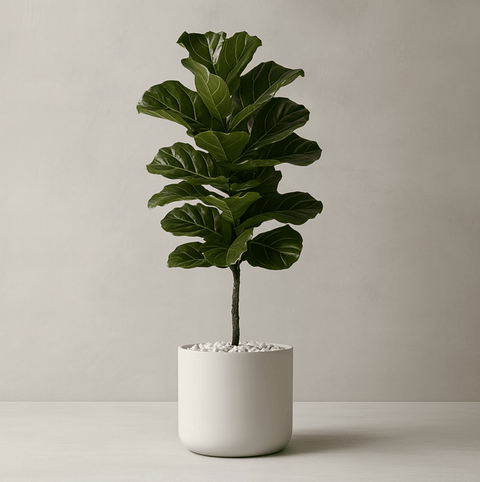
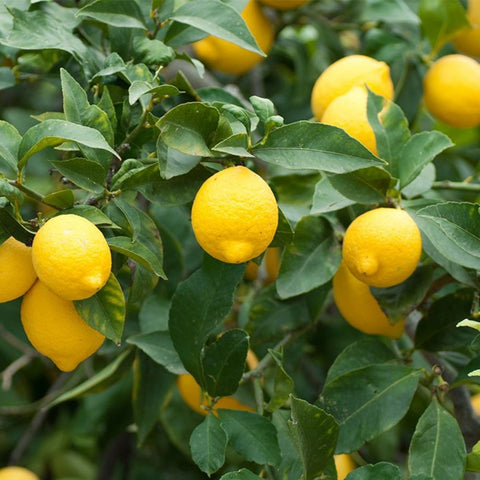
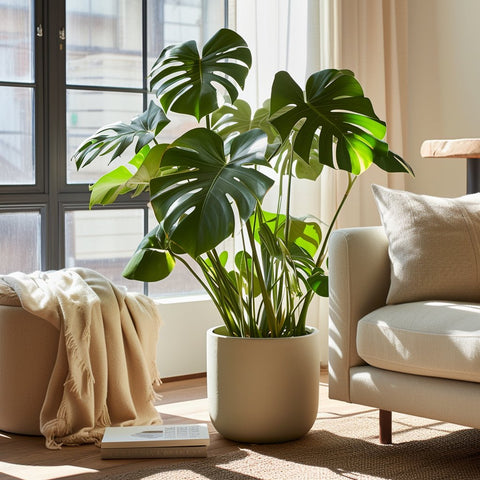
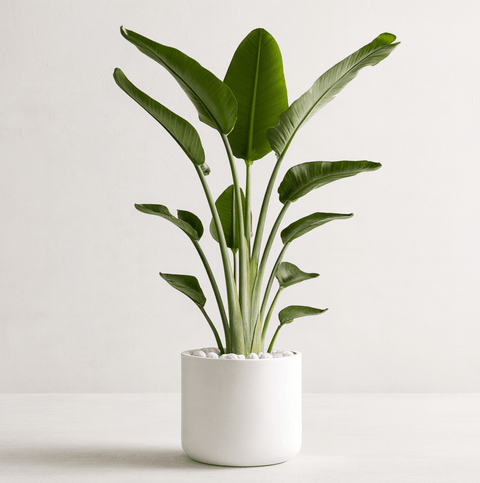
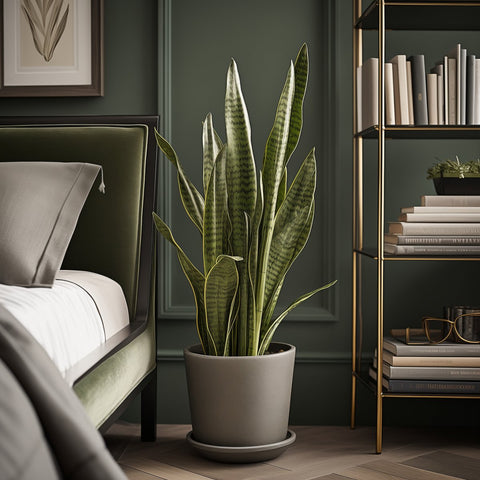
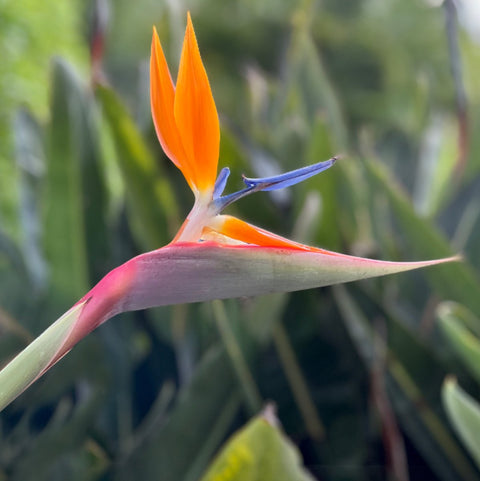
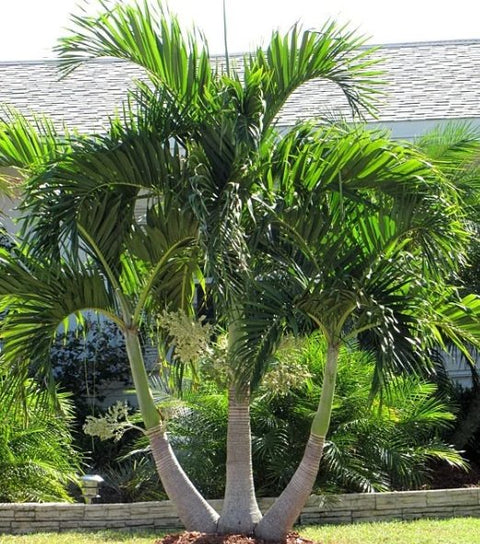
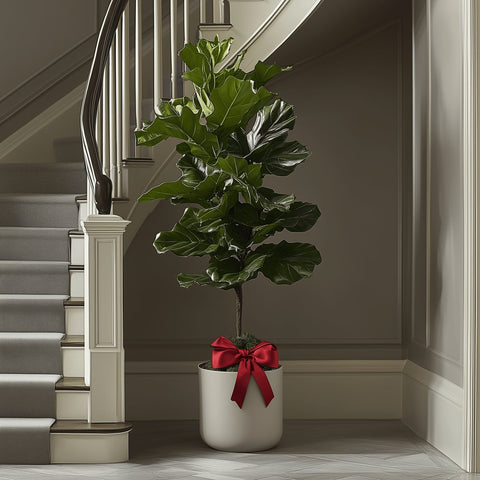
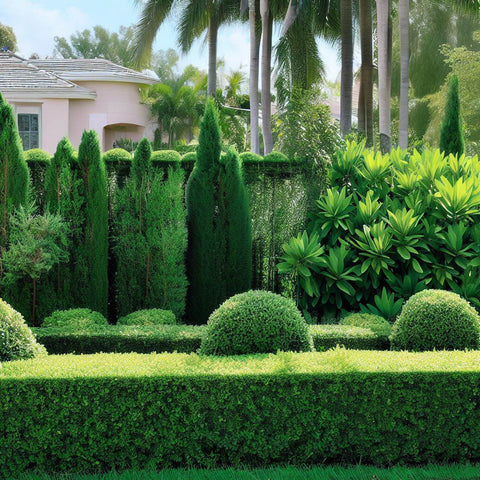

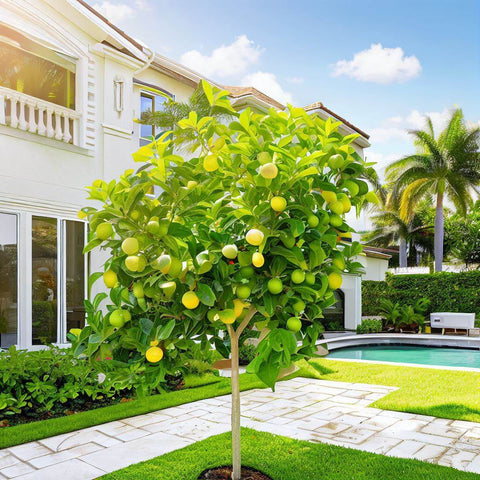
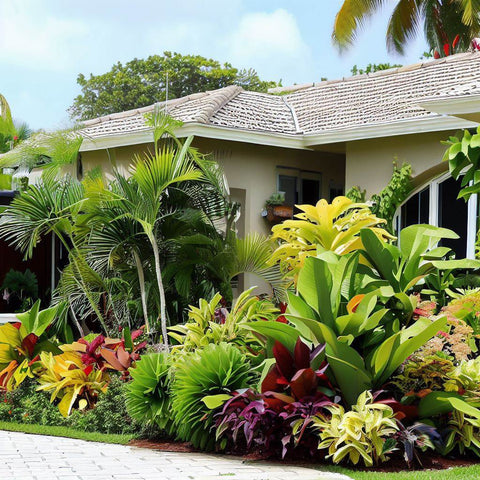


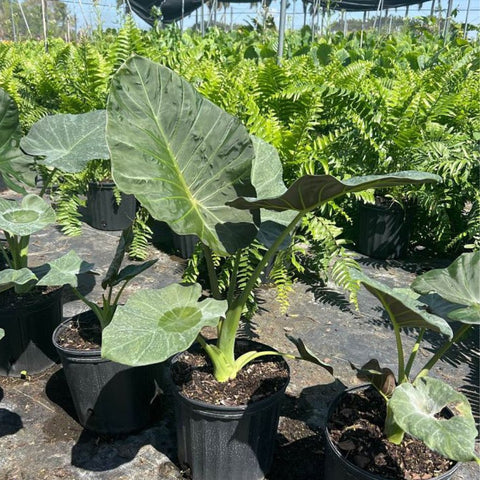
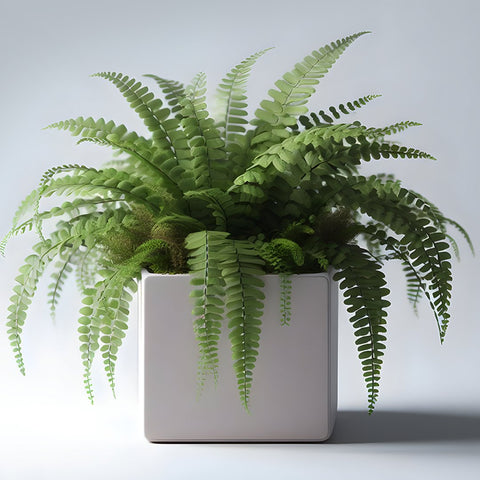
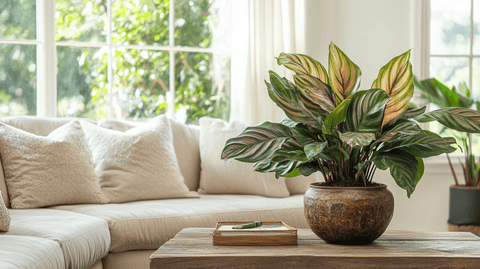


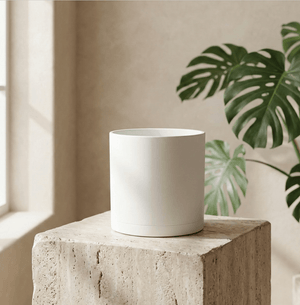
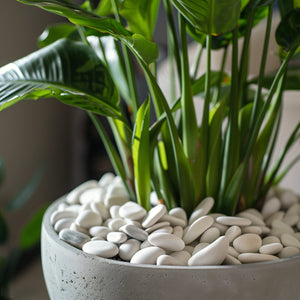

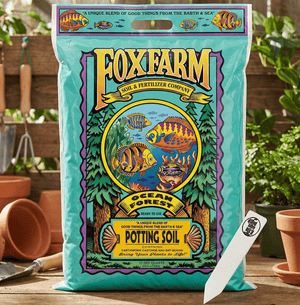
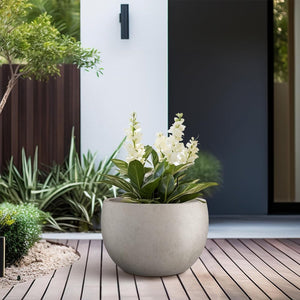

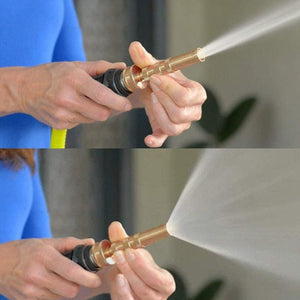

Comments (0)
There are no comments for this article. Be the first one to leave a message!